- Endorsements
- Posts
- Johnny Jackson has cancer. Brands should step up.
Johnny Jackson has cancer. Brands should step up.
A free sports marketing resource, bringing together the sports marketing community.

Sports marketing tips, ideas, and more. We call it free consulting.
Table of Contents
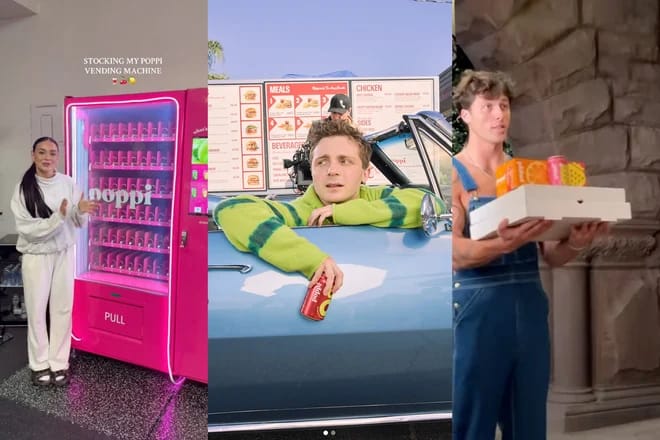

Strategies to get brands to respond to your outreach (based on successful outreach we’ve done ourselves)
Why Now is the Time to Build Off-Field Stories
Right now, with spring football winding down and the combine just ending, football players are going to have some free time.
This is the perfect time to focus on the brand.
Athletes who establish their off-field identity now will be in prime position when the season rolls around. The ones who wait? They’ll be scrambling to play catch-up.
1. Off-Field Passions as a Differentiator
Two players. Same stats. Same position. Same accolades. Who gets the deal?
The one with the better story.
We see it all the time—brands aren’t just buying performance, they’re buying personality. The athletes who showcase their unique interests off the field are the ones locking in partnerships.
Our own track record proves this. We win deals because we deeply understand our athletes and know how to package their passions in a way brands can buy into. As a talent manager, that’s your job—to uncover, shape, and sell those narratives.
2. Brands Want to Be Part of a Story
Brands don’t just want endorsements—they want cultural relevance. They want authenticity.
The best partnerships happen when a brand can step in as the hero or an extension of an athlete’s story. Whether it’s fashion, gaming, wellness, or philanthropy, positioning a brand as a supporter of an athlete’s passion creates a natural, long-lasting relationship.
3. Expanding Partnership Opportunities Beyond Sport
There’s only so much money in sports-branded partnerships. And every athlete is competing for the same deals.
But when an athlete has a strong off-field identity, the conversation shifts from “just another player” to “the perfect fit for this brand.” That’s where real brand alignment—and bigger deals—happen.
Real-World Examples: This is How It’s Done
We never start working with an athlete until we find what makes them unique. Why? Because it makes our job a hell of a lot easier.
Alan Bowman – Grew his mustache all season, leaned into the cowboy character, and turned it into a mission to support men’s mental health and cancer research. That narrative landed him a partnership with Beard Club.
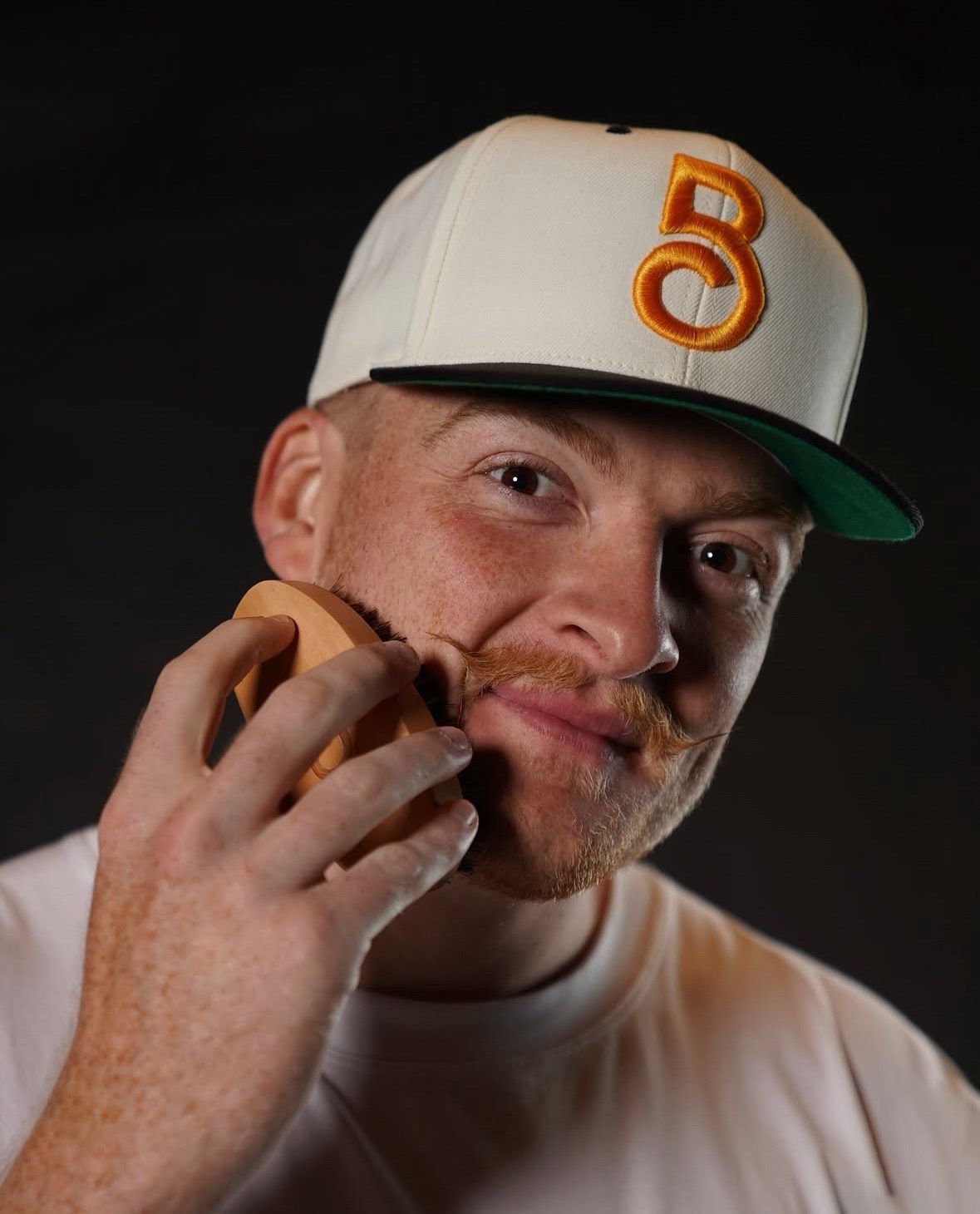
Damar Hamlin – Took a tragic moment and turned it into his life’s mission. Now, he’s leading groundbreaking partnerships with brands like AHA, Zoll Medical, and Abbott.
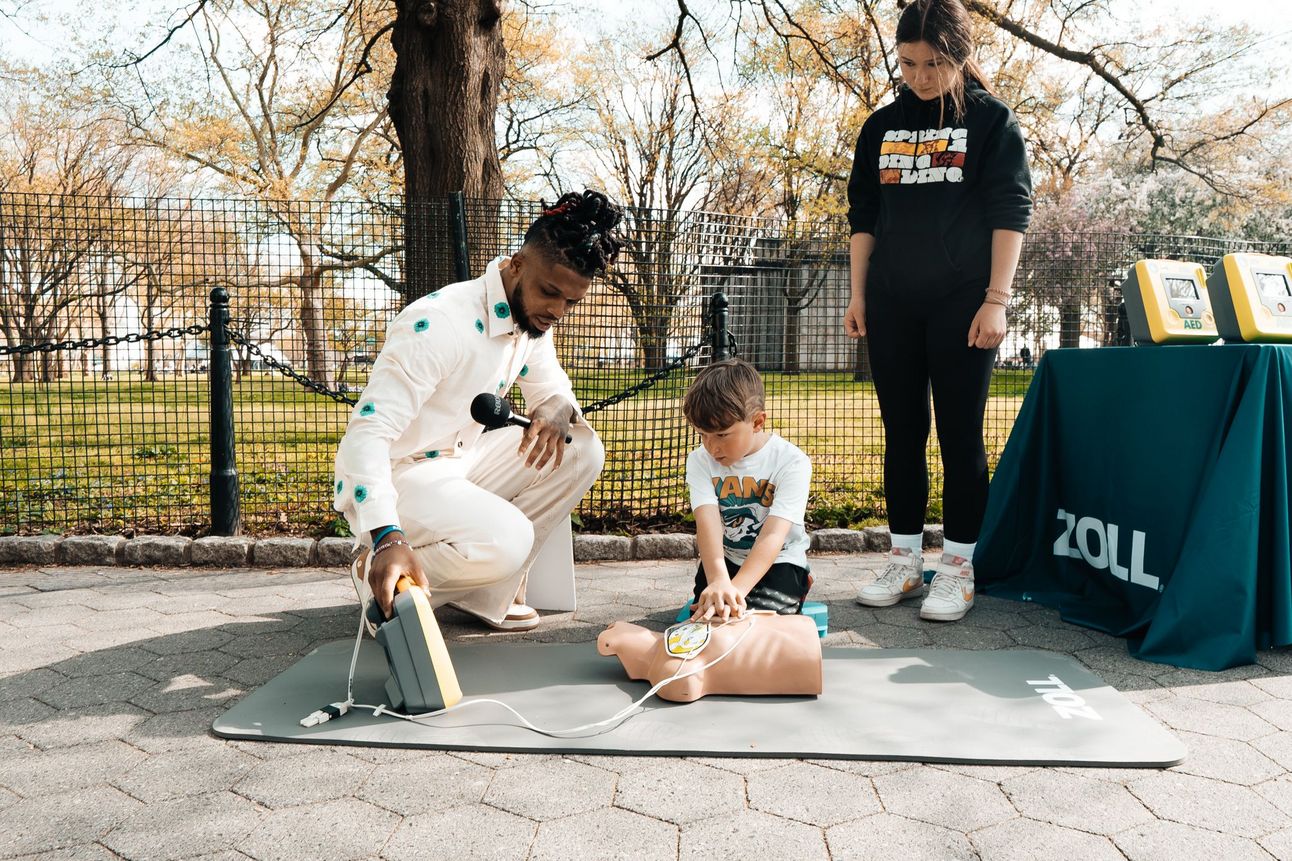
How to Start the Conversation with Your Athletes
Your job is to help your talent connect the dots between their passions and potential partnerships. Here’s how to do it:
Step 1: Discovery – Finding the Story
What do you naturally gravitate toward when you’re not training or competing?
If you weren’t playing your sport, what would you be doing?
Is there a cause, hobby, or interest you genuinely care about?
What do your teammates, fans, or family always associate with you?
Step 2: Packaging – Framing It for Brands
What brands already align with your interests?
How does this passion tie back to who you are as an athlete?
What kind of content would feel organic and natural for you to create?
Step 3: Activation – Pitching It
How can a brand play a role in elevating this story?
What kind of partnership would feel authentic? (Sponsorship, content collab, ambassador role?)
How can this extend beyond a one-time deal into something long-term?
Final Thought: Start Now, Cash In Later
The offseason is when the work gets done. When the season starts, the spotlight shifts back to the game.
Push your athletes to use this time wisely—build narratives, test content, and start conversations with brands that make sense. The ones who invest in their off-field brand now will be the ones landing the biggest deals when the cameras turn back on.

Supplements Edition
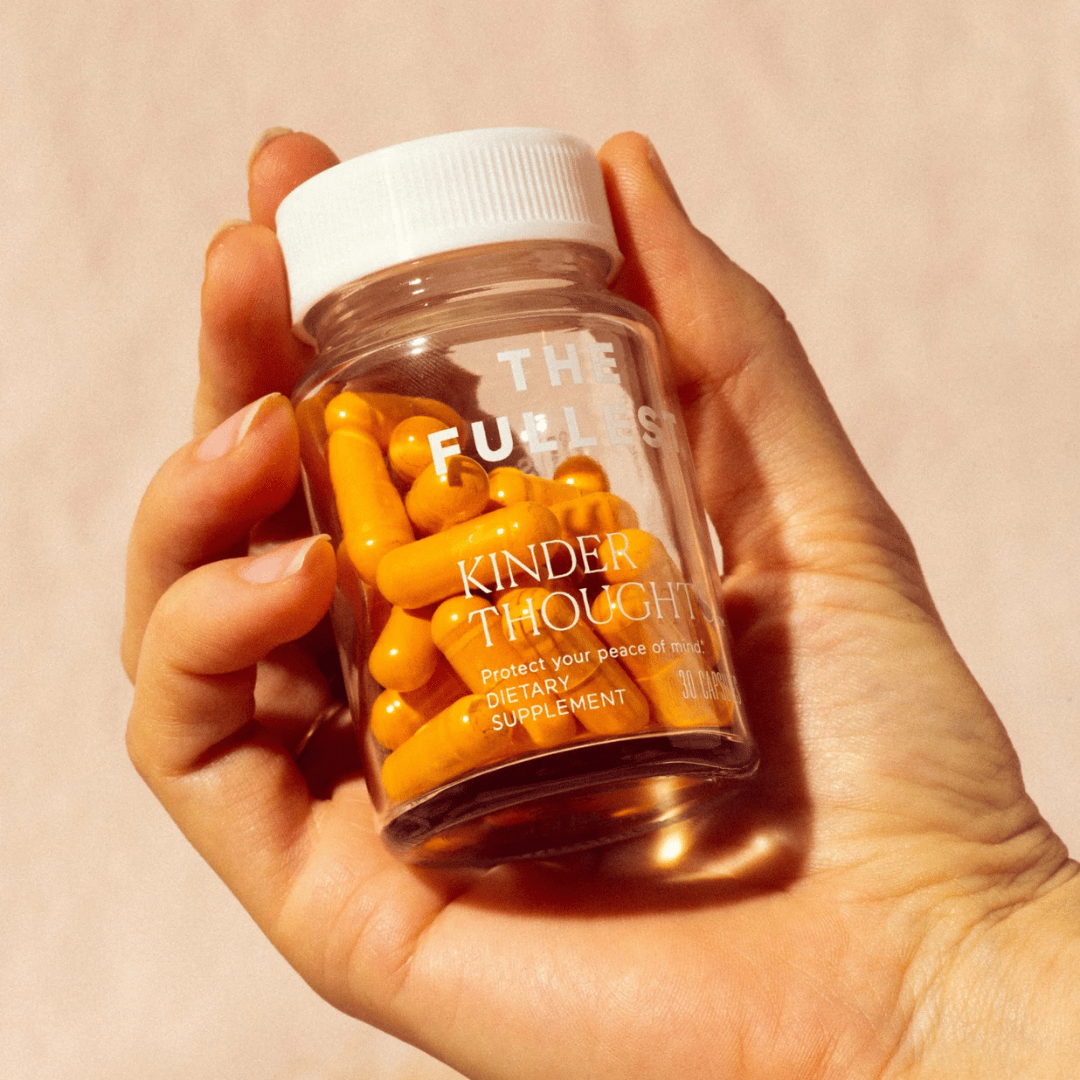 | 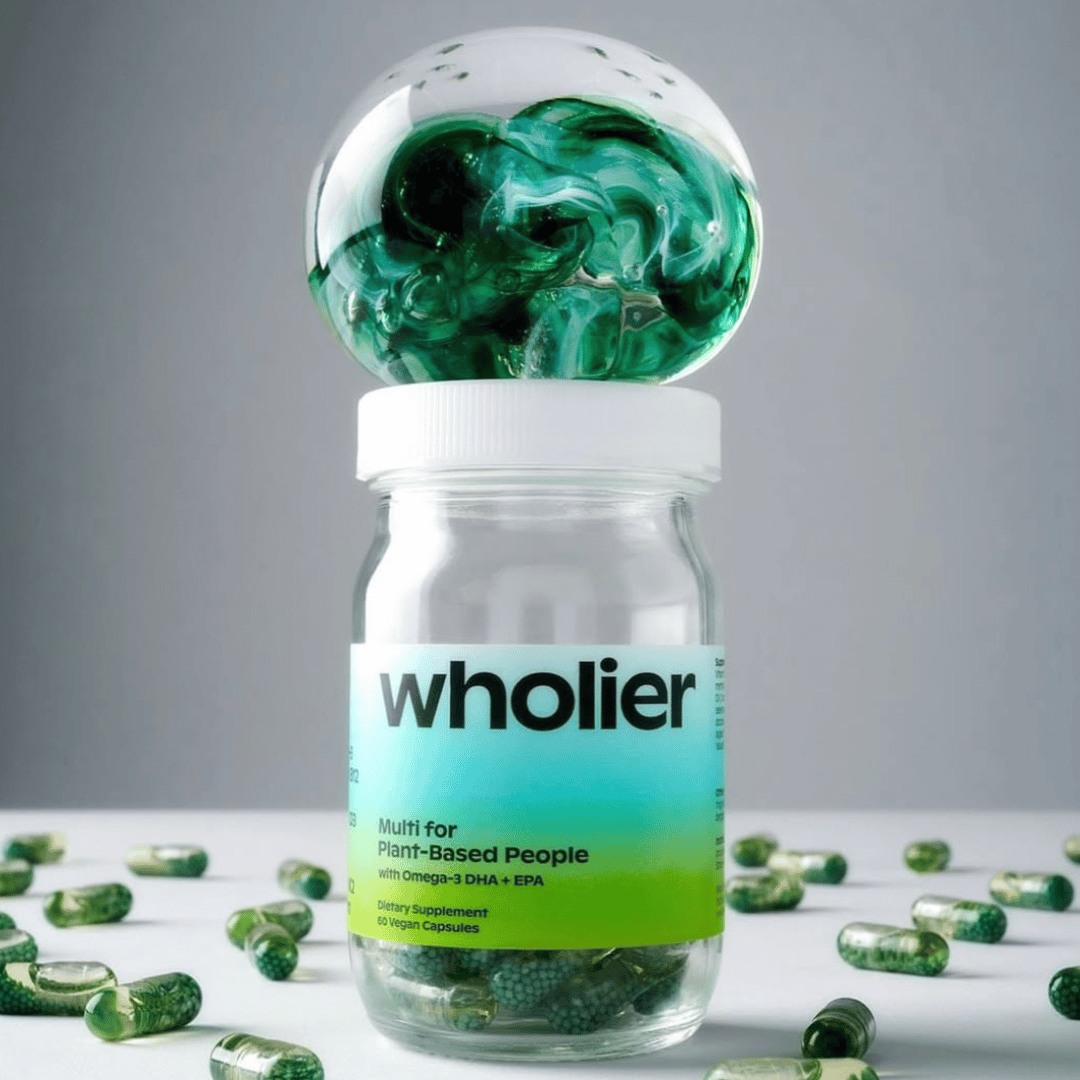 | 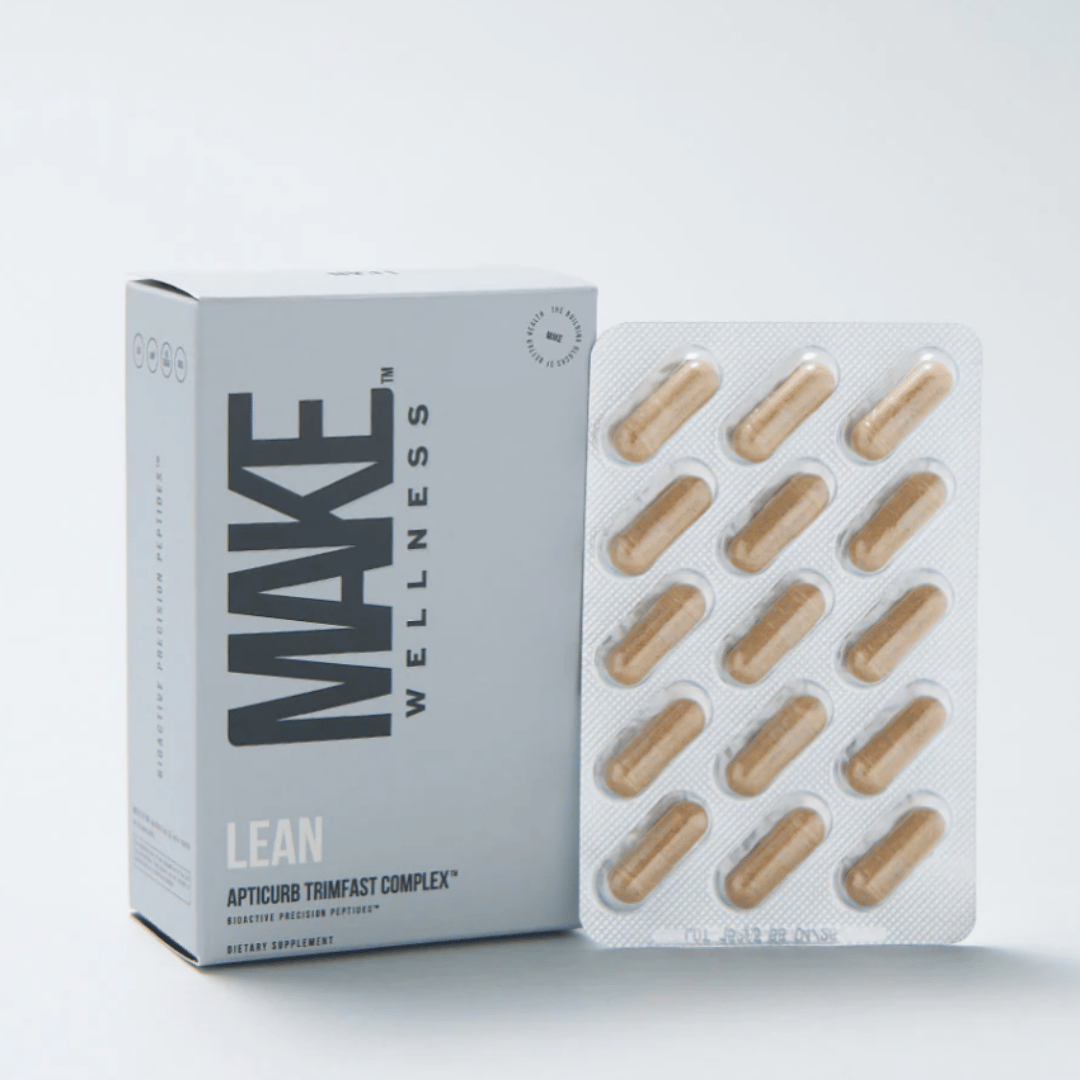 |
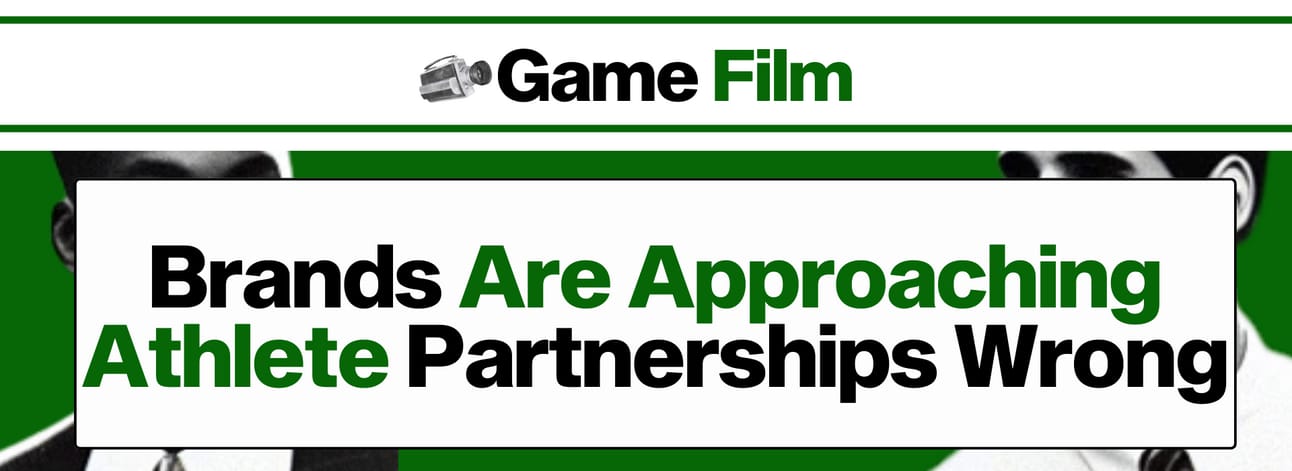
Industry thoughts, leaders and big idea
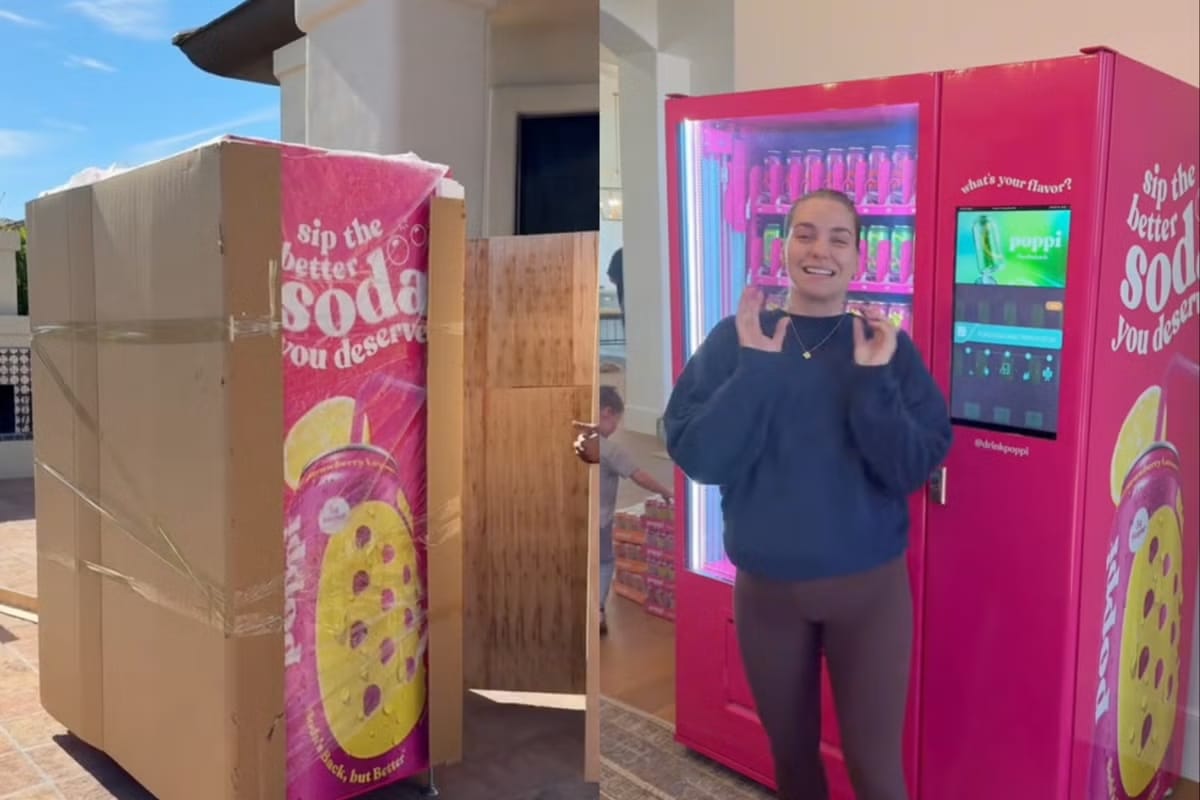
Brands keep throwing money at influencers and wondering why their campaigns flop. Poppi’s Super Bowl fail proved it—consumers see through lazy partnerships.
I see it in sports marketing all the time. Brands claim to know their audience, then launch cringey campaigns that suck + alienate their customers. There’s been so many times where I’ve asked a brand why they want to work with an athlete, and they respond with a blank stare.
Let’s end this. Creator-brand-campaign alignment NEEDS to be strong, or else it’s not worth doing. More than that, it can be dangerous.
One mistake can ruin a brand for good. Poppi’s founder tried to justify their stunt, but creators still hit unfollow. And once that starts, good luck stopping it.
Luckily you’re smart enough to avoid this. Athletes are similar to influencers, but there are some key differences. Here are three ways brands get it wrong and how you can avoid the same mistakes.
1. Lack of authenticity
It’s easy to see a good cause and want to put your brand behind it. But like I said before, consumers are smart. They can smell when a brand is just trying to look good.
An example is when these big multinational brands like H&M and Volskwagen use greenwashing to make it seem like they’re all about the environment. Nike’s guilty of it too.
Solution: Make it human-centric
P&G’s “Thank you Mom” campaign from the 2016 Olympics shows how a big brand can still be human. Yes, they were technically jumping on a trend that tugs on the heart strings, but they did it well by going to the heart rather than not trying to tie it to a product.
Johnny Jackson x Wilson
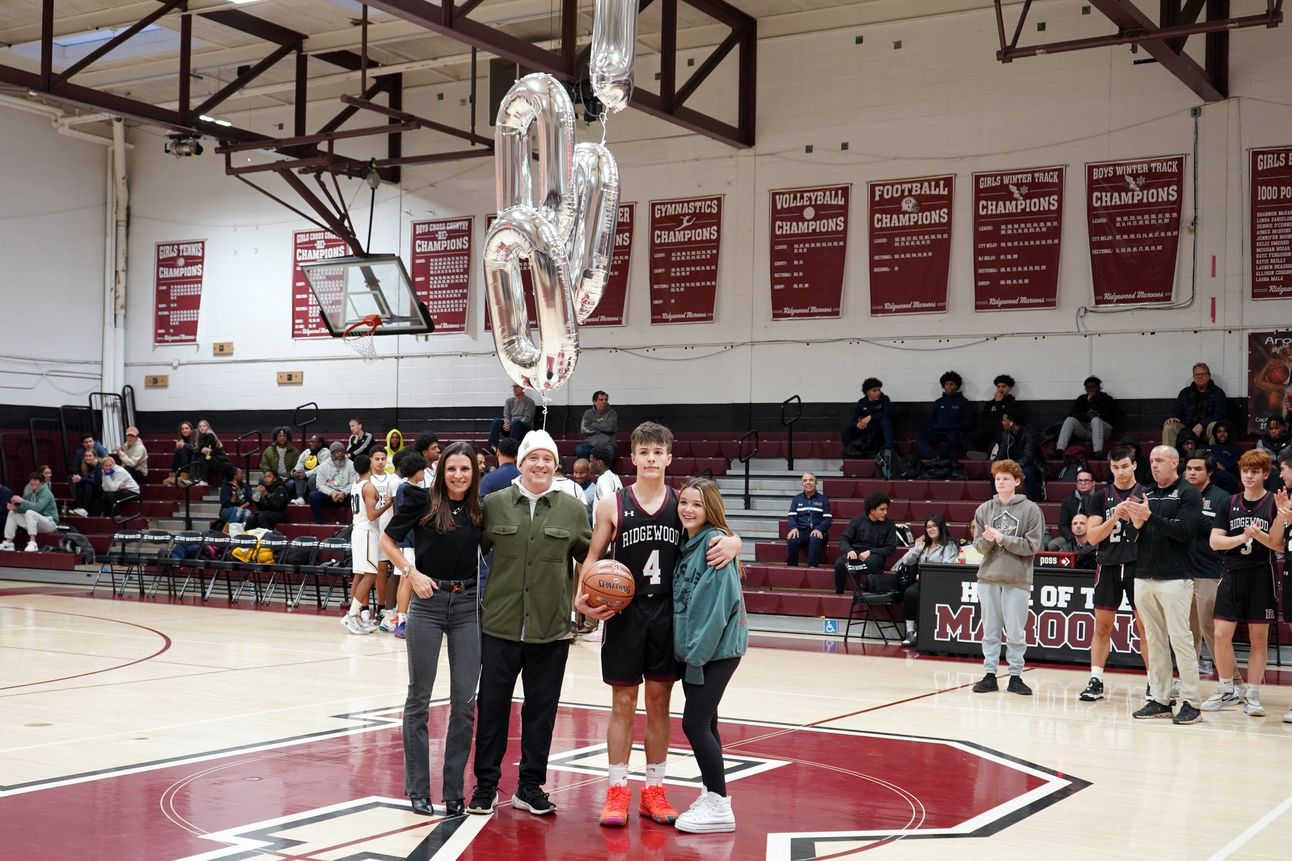
One of the most inspiring stories I’ve seen in a while is about Johnny Jackson, a high school basketball player battling cancer who came back ONE DAY after receiving chemo and dropping 30 in a game. Absolutely incredible.
It’s a sensitive topic, but if you’re a brand there are ways to support Johnny without using him or turning it into a sob story. I love the idea of Wilson partnering with Johnny.
Wilson’s mission is to “empower every human to live like an athlete.” They’re focused on the dedication that it takes to play at any level. What Johnny has shown goes beyond dedication. Wilson could partner with Johnny to create a special edition ball, with proceeds going to cancer research or young athletes overcoming health struggles. Jonny could help design it and be the face of the campaign.
2. The athlete not caring about the product
When the Dairy Alliance recruited 5 of the top QBs for their campaign to promote milk (stay with me here), it wasn’t completely obvious how bad of an idea it was. NIL was still early, and people thought it was cool that these 19 and 20 year old’s were getting huge bags from a big corporation.
Then the campaign came out.
And it was like “oh, these dudes just wanted to get paid.” And it didn’t feel or look great for anyone involved. Same goes for the Angel Reese + Turbo Tax collaboration. Get your bag but…c’mon y’all.
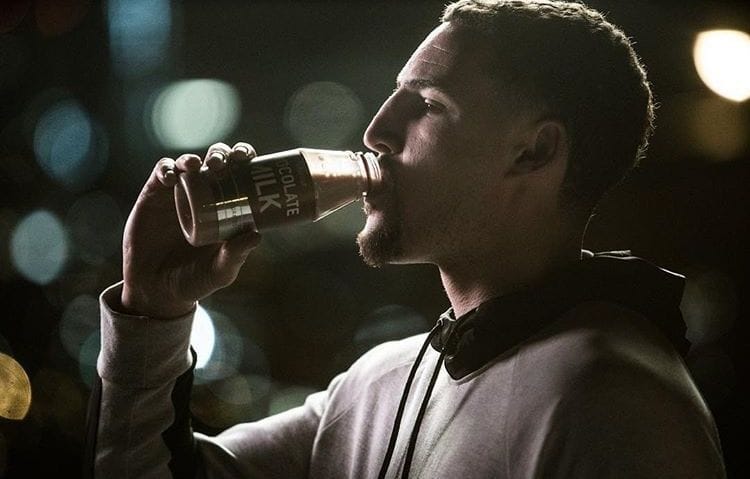
Solution: Find an athlete who’s aligned with your mission
Any product can work. A few years ago Klay Thompson did a campaign with chocolate milk but it felt authentic because the dude has already said that “it’s delicious and he’s been drinking it his whole life.” Chocolate milk’s mission was to build strong athletes, and Klay fit the bill perfectly.
None of the Dairy Alliance QBs were known for their love of good old 2% before the campaign came out. Hence the disconnect.
Haley Jones x RØDE
RØDE’s mission is to “amplify the voice and vision of the world’s creators,” and Haley Jones is an athlete doing exactly that. Haley is a player for the WNBA’s Atlanta Dream and the host of Sometimes I Hoop where she lives the life of a true athlete creator.
Haley and RØDE could host an athlete creator workshop teaching athletes how to start a podcast or create high-quality content. A RØDE engineer could give audio tips, while Haley shares her experience as an athlete storyteller.
3. Lack of creativity
Right now in NIL there’s an epidemic of media companies pairing athletes with brands and copy-pasting the exact setup for every athlete/brand combination.
I’m gonna write more about this in the near future.
But again—and I'm repeating this to drive it home—consumers are smart. They see how little effort you’re putting into these campaigns and they’re going to resent you for it.
Solution: Do we really need to say it?
Get creative—on the execution side, but also on the “what can this partnership be” side. You don’t have to be a sports brand to work with an athlete. The Jeremy Roach + Darianna Littlepage-Buggs x RAID campaign is a great example of thinking outside of the box to be memorable. Same with Angel Reese x Reese’s Puff.
When it comes to execution, don’t just have an athlete hold up your product and talk about how it helps “fuel them on the court and off.” Literally everyone does that. Find an athlete with something unique going on (there are plenty) and think of interesting ways to activate.
Trey Stewart x Y Combinator
Lots of young people have dreams of starting their own brands - as a brand, why not connect with an athlete who’s doing just that as inspiration for others?
Trey is a guard for BYU, with a clothing brand called Default Happiness. A startup incubator could partner with him, help him scale and create his business plan, and use it as a template for others who want to do the same.
The campaign could tell Trey’s story (human-centric) and how he came to this idea, and his dreams for turning it into something bigger.
Check out our latest video on Why Basketball Players Are Handling NIL Wrong! Watch now on IG @JABA 🏀
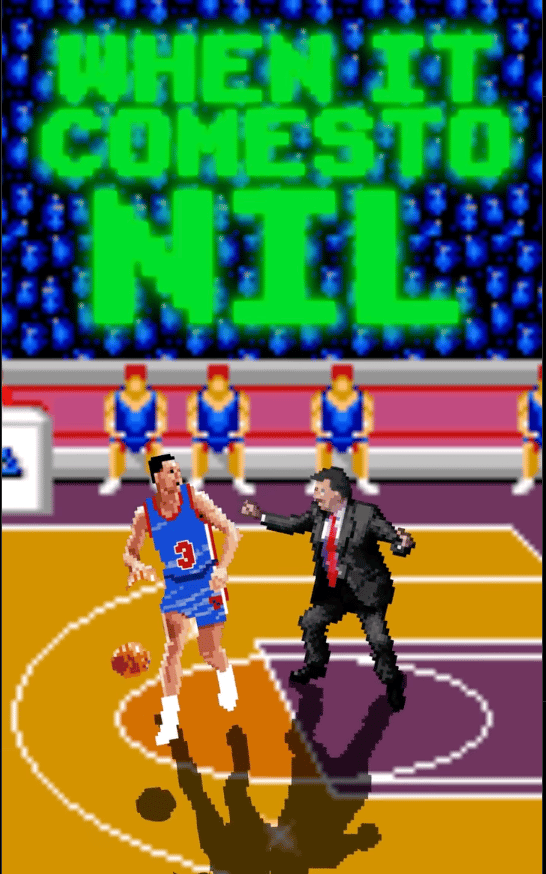

Reply